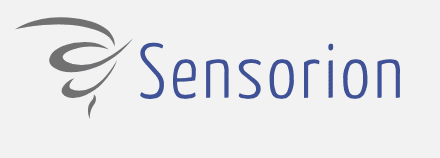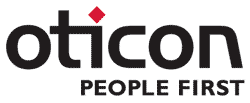A collaborative project between Danish universities, hearing aid manufacturers and other experts in Denmark will evaluate current hearing loss treatments in the country. The Better Hearing Rehabilitation (BEAR) project will be a collaboration between the University of Southern Denmark, Aalborg University, the Technical University of Denmark, independent tech company DELTA, Danish hearing aid manufacturers Oticon, Widex and GN ReSound, and the university hospitals in Odense and Aalborg, which will work together to improve the quality of treatment so that people with hearing loss can get more out of hearing aids.
According to an announcement from Oticon, the BEAR project will run for five years and has a budget of DKK 50 million kroner (6.7 million euros); of that, the industry is contributing 15 million kroner while Innovation Fund Denmark is investing just under 29 million kroner in the project.
The project stems from the belief that hearing treatments are based on an imperfect approach. Today, if you have hearing problems, you can get a hearing test that results in an audiogram. An audiogram is a graph that shows how well you hear in individual frequency ranges. This is important information that is used when fitting and adjusting hearing aids, but often much more information is needed for someone to fully benefit from hearing aids.
“The audiogram is a simplistic description of how your hearing works. You can have normal hearing thresholds, but, for example, find it difficult to understand what is being said when many people are talking in the same room,” said Project Manager Dorte Hammershøi, a professor in the Department of Electronic Systems at Aalborg University.
Currently, hearing professionals adjust hearing aids almost exclusively using audiograms and, as a result, many important parameters may not get enough focus, including the ability to distinguish speech in noise. The actual hearing aid fitting and adjustment and advice on using it are also likely to play a role in device acceptance and satisfaction. The BEAR project will address these aspects of hearing assessment and treatment.
The problem of customizing hearing aids has been known for many years, and there are many alternative ways to conduct hearing tests. Among other things, there is a test where one must recognize words that are said in different kinds of background noise. This type of test provides a clearer picture of how well hearing is working.
“The reason we are so focused on audiograms is that right now we can’t put our finger on a specific measurement and say: that’s the test that could enable us to adjust hearing aids better. There are a whole battery of various tests and examinations, but they take time and may require special equipment or training. That is why we need to find out which methods work best,” explained Dorte Hammershøi.
The goal of BEAR is to identify new knowledge that will be used as the basis for new standards for better hearing aid fitting and adjustment and follow-up treatment so that hearing aid users get the most out of their hearing aids.
Sources:
University of Southern Denmark, Odense, 5000 C, Ture Damann Andersen, Associate Professor, Chief Physician, +45 2049 1958 49 1958
Aalborg University, 9000, Aalborg, Dorte Hammershøi, PhD, Professor (Project Manager), +45 9940 8705
Technical University of Denmark, 2800, Lyngby, Torsten Dau, Dr.rer.nat.habil., Professor, +45 4525 3977
Odense University Hospital, Odense, 5000 C, Rikke Schnack-Petersen, Chief Physician +45 6541 2536
Aalborg University Hospital, 9000, Aalborg, Michael Gaihede, PhD, Chief Physician, Associate Professor, +45 9766 2728
DELTA, 5000, Odense C, Gert Ravn, Senior Technology Specialist, +45 7219 4102
Oticon A/S, 2765, Smørum, PR & Communications Director, Katrine Hertz Østergaard, +45 2095 2530
GN Resound A/S, Ballerup, 2750, VP Group Communication, Steen Frentz Laursen, +45 2065 3420
Widex A/S, 3540 Lynge, Group Communication Manager, Jeanette Blom, +45 2675 3853
Image credit: © Mikhail Markovskiy | Dreamstime.com





I am 61 years old & have hearing loss which began 6 years ago and is now a loss of 30-40%. I experience the problems described in your article & wish to participate in the BEAR study.
Please contact with [email protected]